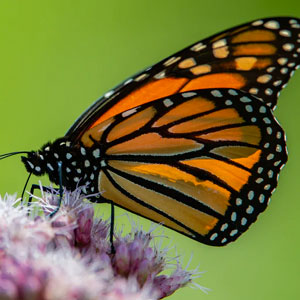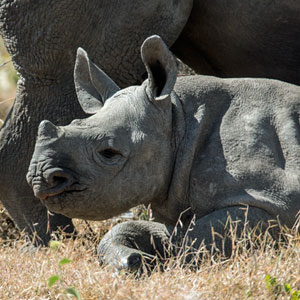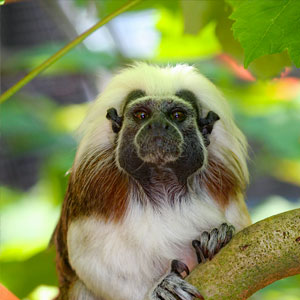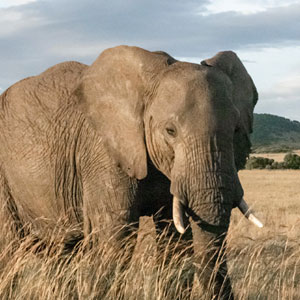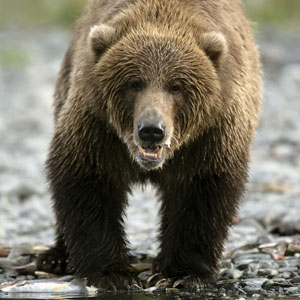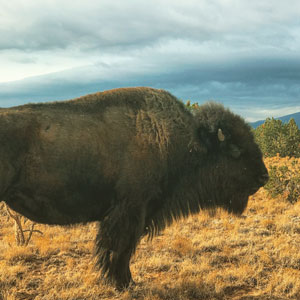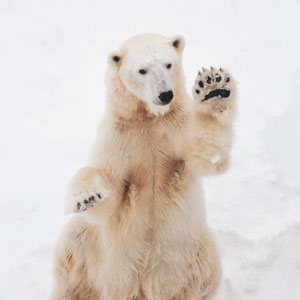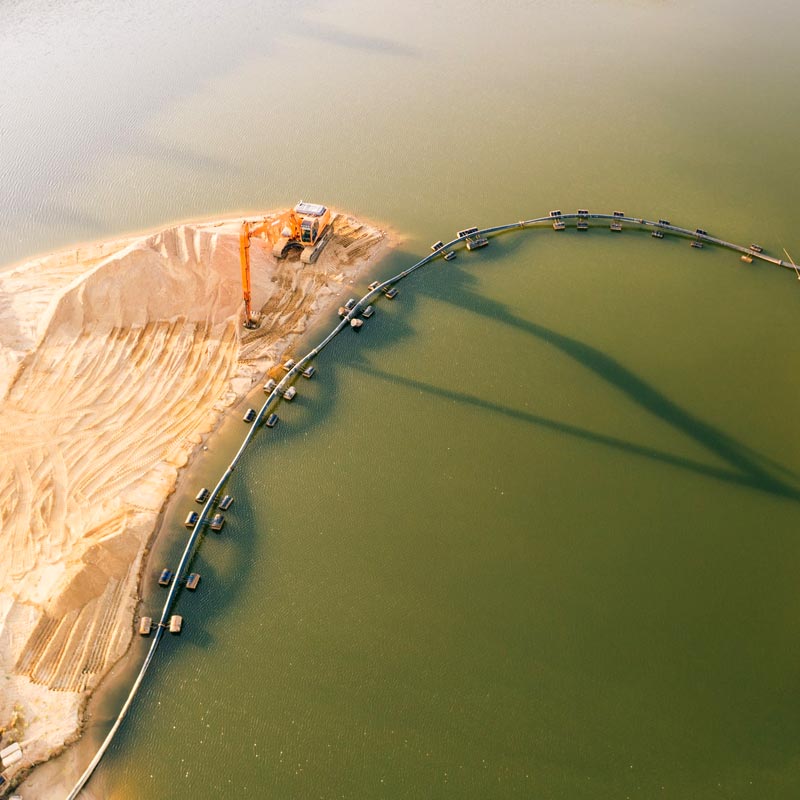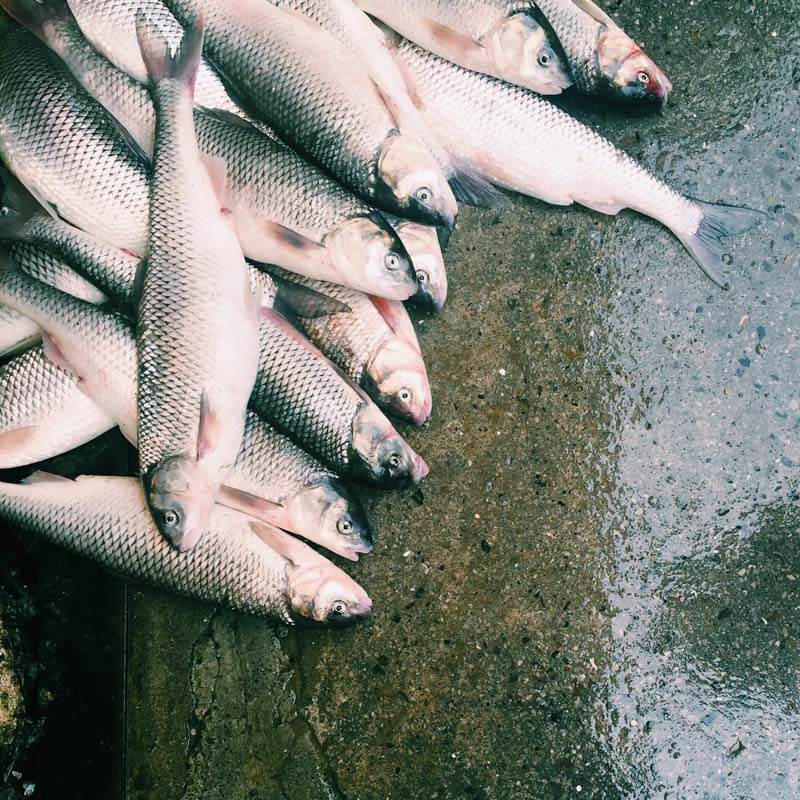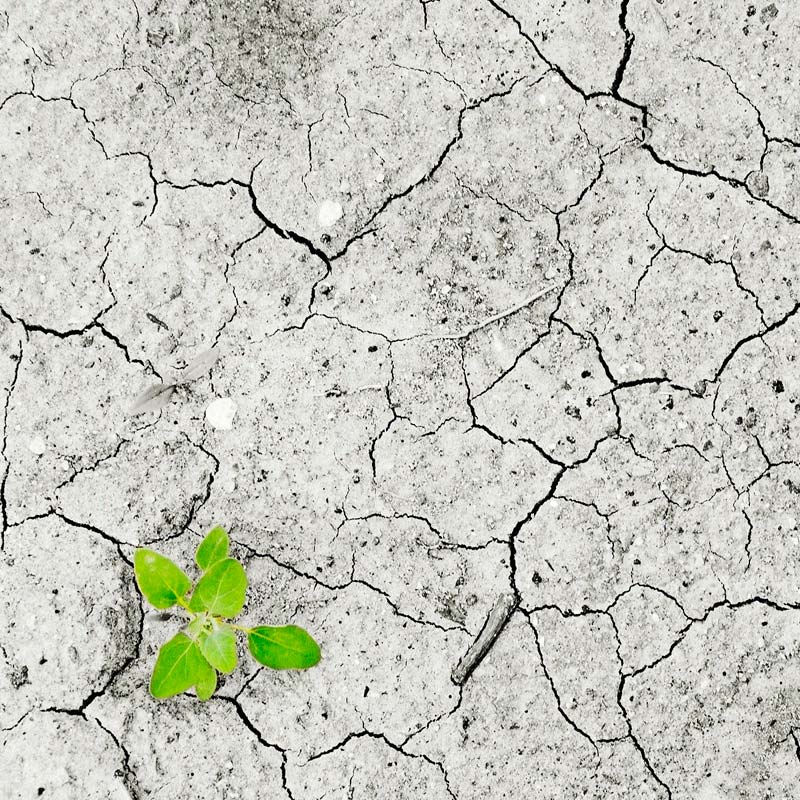Nature is declining globally at rates unprecedented in human history — and the rate of species extinctions is accelerating, with grave impacts on people around the world.
The bonds that hold nature together may be at risk of unraveling from deforestation, overfishing, development, and other human activities.
Ecosystems, species, wild populations, local varieties, and breeds of domesticated plants and animals are shrinking, deteriorating, or vanishing. The essential, interconnected web of life on Earth is getting smaller and increasingly frayed.
Humans are transforming Earth’s natural landscapes so dramatically that as many as one million plant and animal species are now at risk of extinction, posing a dire threat to ecosystems that people all over the world depend on for their survival.
Scientific evidence (based on > 15,000 sources) shows: This loss is a direct result of human activity and constitutes a direct threat to human well-being in all regions of the world.

